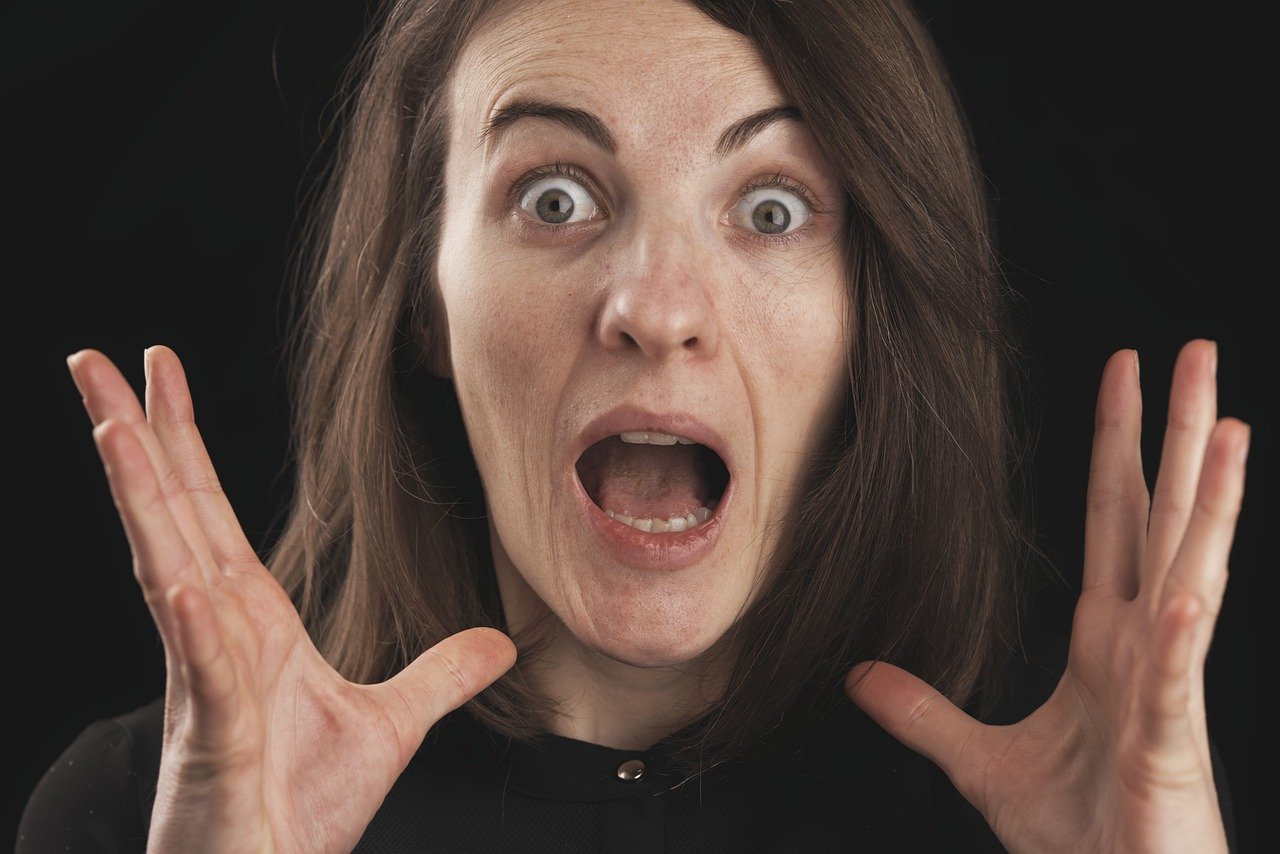DEFINITION OF SHOCK
Medical shock is a physical condition brought about by the loss circulating fluids to the vital organs. ( Heart Liver Kidneys spleen brain etc ) It can also be defined as a sudden drop in Blood Pressure. Shock can also be triggered by psychological stress, bad news, loss of a job etc. Anything that affects you in a sudden dramatic way can be related to shock. Sometimes a physical trauma can be compounded by psychological shock.
CAUSES OF SHOCK
There are many causes of Shock apart from those already mentioned . Blood-loss both external and internal , hypothermia ( too cold ) hyperthermia too hot, severe fractures, dehydration , burns , pain are just a few examples. Note medical shock is not the same as anaphylactic shock which is a sudden accuse allergic reaction which needs immediate intervention often with the application of an epipen and hospitalisation.
SIGNS AND SYMPTOMS OF SHOCK
The purpose of many signs and symptoms is to demonstrate the body’s attempt to sort out an imbalance in the system This is called Homeostasis. It is also worth pointing out that signs are what a carer sees and symptoms is what the casualty tells the first aider.
The first sign of shock is the skin which becomes pale and clammy The body is trying to rejuvenate the vital organs with blood leaving the skin to work on these organs. The heart needs to pump faster to try to replace the circulating fluid. However a pulse will be weak and thready. The breathing will be faster but shallower to get more oxygen to the blood to feed the cells. This could cause hyperventilation which can lead to a panicky situation. Sometimes Shock can cause fainting and unconsciousness. Casualties can be very quirt of hysterical. Hysteria is often the result of psychological shock.
TREATMENT OF SHOCK
In most cases the casualty should attend accident and emergency department of a hospital which requires phoning 999 or 112 in the UK and 911 in the USA Every country has its own emergency ambulance number.

Once the ambulance has been called if possible lay the casualty down with their legs raised allowing more blood to return to the trunk of the body. Make sure they are warm. If outside it is more important they are warm under their body than on top Also keep the head warm if it is safe to do so. For unconscious casualties the recovery position is required and their breathing monitored They could require resuscitation. Give constant reassurance throughout and if lying on the ground protect the head. Sometimes you cannot lie a casualty down especially if they have certain traumas
NOTE I WILL BE COVERING RESUSCITATION AND RECOVERY POSITION IN A FUTURE BLOGG
Finally too treat the shock you must treat the cause. If they are bleeding you must try to stop it. If they have a burn you will need to cool it down with water. If they are cold they will need to be warmed up slowly and cooled down slowly if they are to hot.
I recommend taking a basic life saving First aid course for further first aid knowledge and skills training.
Peter Bull

